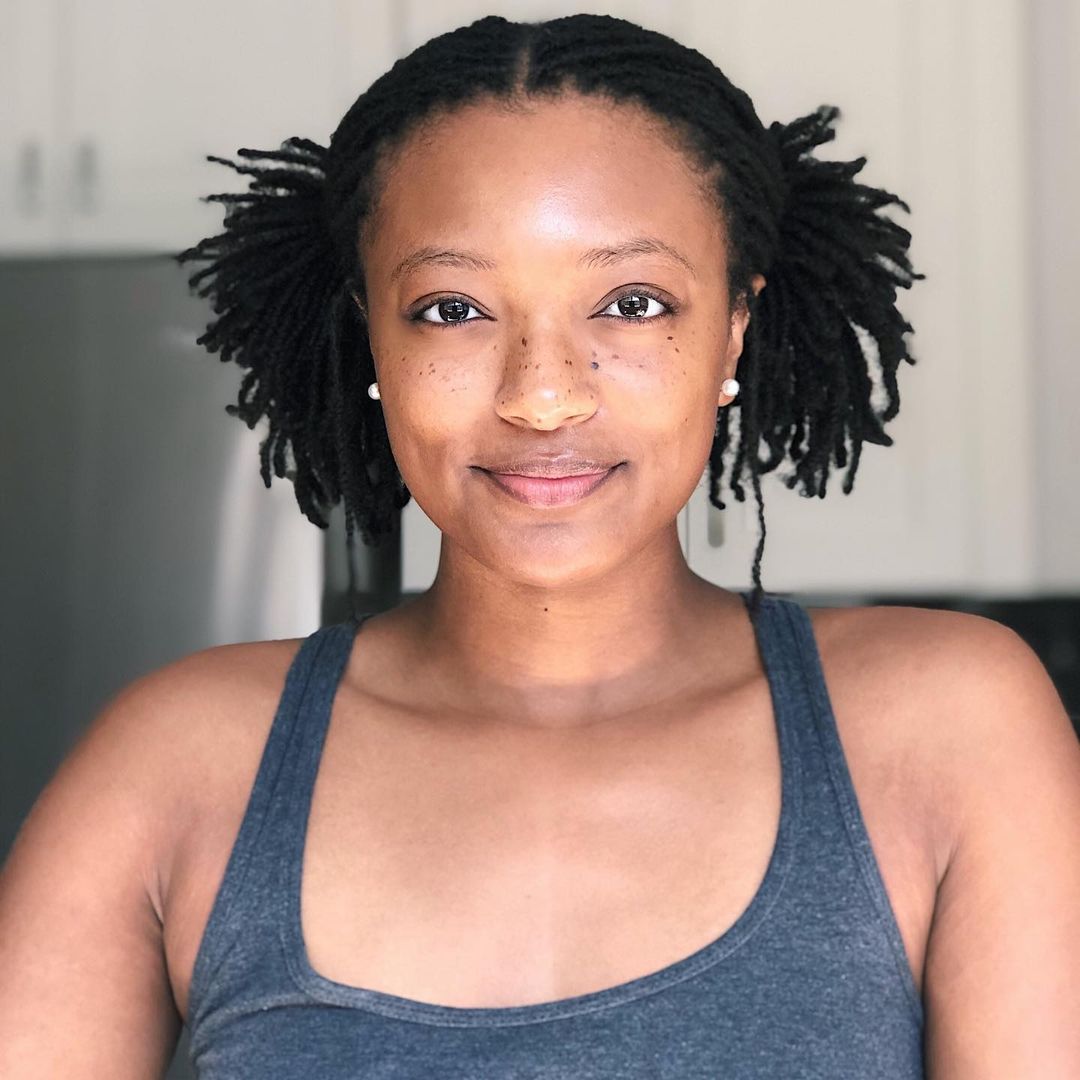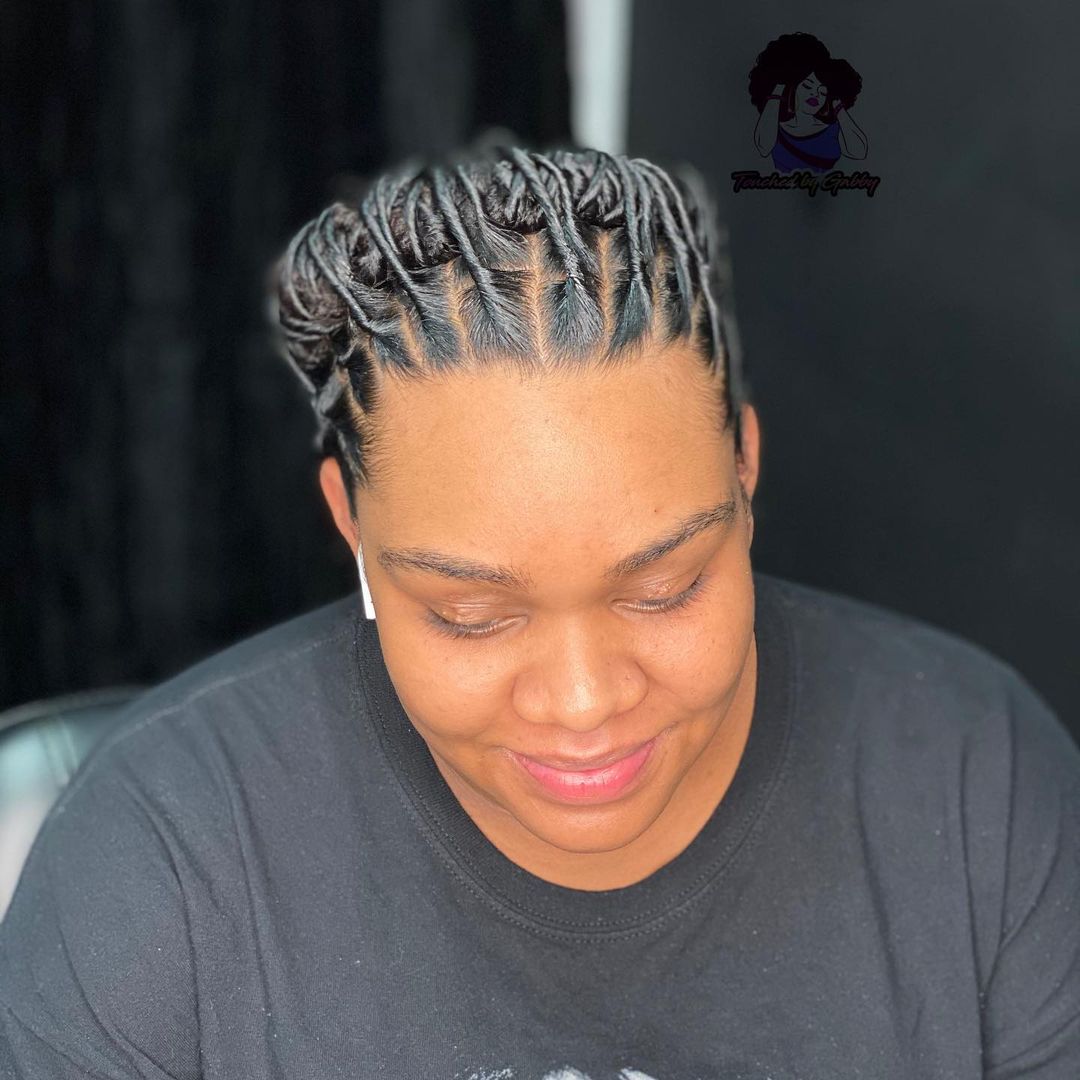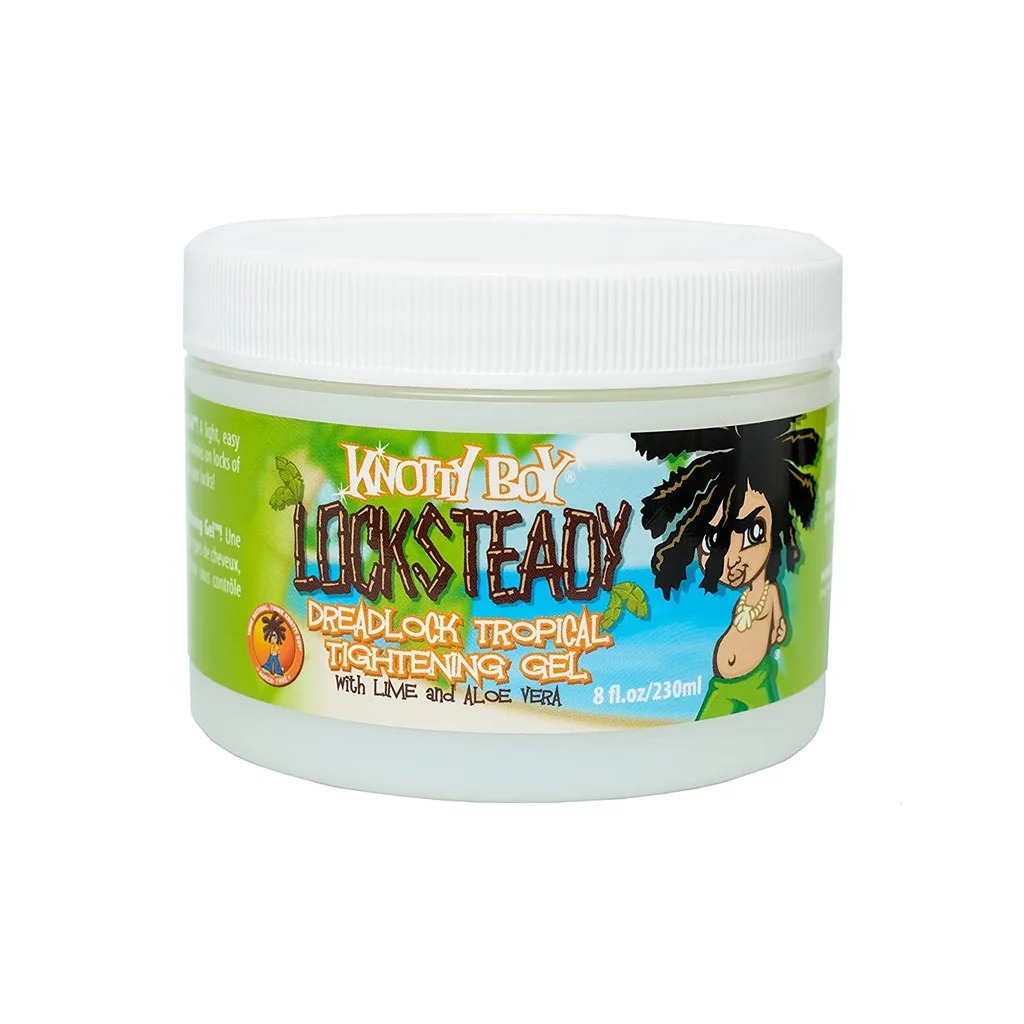
#1 Loc Styles
How you start your sites is up to you, but there are a few different ways to do it.
1. Comb coils: One method shown in the photo above is called comb coils, which is when you use a comb with small teeth to twist small sections of hair until they form spirals.
2. Palm curling: Palm curling is when your stylist takes the hair in small sections and rolls it in the palms of your hands to help tighten and lock it up.
3. Braids or two-strand twists: If you have longer hair, you can start your location journey by braiding or two-strand twisting your hair, but keep in mind that it can take six months to a year for the braid pattern to fully disappear, if that is the method you choose.
4. Organic/Freeform: This is when you stop braiding your hair altogether and let your hair lock naturally, with little manipulation.

#2 Locs Stages
Initial stage (lasts three to six months): Loks typically grow in five stages, with the first lasting three to six months. “At this stage, the hair is started in coils, double-strand twists or box braids,” Gabriele Benjamin, a New York City-based “loctitian,” said. If you leave your hair in one of these styles, it starts to tangle and this is when your coils start to wrap around themselves and form a “loc”.
Emerging phase (six to 12 months): The second phase is when the hair begins to lock and become tangled. According to Benjamin, this stage is easy to get frustrated with as your hair can end up looking a little fuzzy as it grows out. But that’s not to say you should worry, as it’s all part of the process. Just make sure you routinely shampoo and re-twist. (More on that later.)
Teenage stage (from month 12 to month 15): In the third stage, your hair should experience much less unraveling when manipulated. In some cases, your locks may not grow in the intended direction, but this part of the process only lasts a few months before your hair reaches the fourth stage.
Mature stage (from month 15 to month 18): This fourth stage is basically when your locks are long enough to hang and you have a clearer idea of how to clean and maintain them.
Rooted locs stage (from month 18 to month 21): Finally, rooted locs are like 30-somethings of locs. You reach this stage when you have had your sites for several years and are comfortable managing them as you feel is necessary.

#3 Different types of locations
There are actually quite a few different kinds of locs hairstyles:
Sister locks
Traditional locations
Freeform locs
Two-strand twist dreads/locs
Interlocking lures
Sisterlocks are more like microlocs; they are very small and the installation process is very time consuming so it is better to go to a professional to get them done. Due to their size, they are quite versatile and easier to style as they mimic small strands of hair. For this style, expect to have to retighten every four to six weeks.
Traditional locs, on the other hand, are standard-sized locs that are usually no bigger than a medium-sized box braid. The maintenance of these is not super involved, which is why they are still one of the most popular types of premises.
As for freeform locs, these are locs that are created naturally as you will need to cleanse and wash your hair as you normally would and then let it sit up over time. They require little turning or manipulation and are probably the lowest maintenance of them all.

#4 How often should you rotate your locations?
It depends on which phase you are in on your local journey. “I recommend [people with] starter locations come two to three weeks after their first launch,” says Benjamin. “Then after that, they can go back to four weeks between reps.”
For people whose hair is already locked, Benjamin recommends waiting five to six weeks before twisting again.

#5 How to maintain Locs
One of Benjamin’s favorite locs maintenance products is African Formula’s Super Grow Hair Gel ($8, originally $9), as it uses natural ingredients to strengthen hair and promote healthy growth.
A few other popular products include Locksteady Tropical Dreadlock Tightening Gel ($16), an aloe-based formula used to control frizz; Jamaican Mango and Lime Resistant Formula Locking Hair Gel ($13), which provides strong hold without the added product buildup; and Murray’s Gel Loc-Lock ($4, originally $7).
A few other popular products include Locksteady Tropical Dreadlock Tightening Gel ($16), an aloe-based formula used to control frizz; Jamaican Mango and Lime Resistant Formula Locking Hair Gel ($13), which provides strong hold without the added product buildup; and Murray’s Gel Loc-Lock ($4, originally $7).
Loc maintenance also includes making sure your hair is properly hydrated, moisturized and styled. Achieving optimal local maintenance varies from person to person, but basic hair care rules still apply. Make sure you stay hydrated and drink water, give your hair clarifying treatments, and in addition to using water-based products and oils when doing your hair at home, be sure to incorporate professional moisturizing treatments when you visit a salon.
